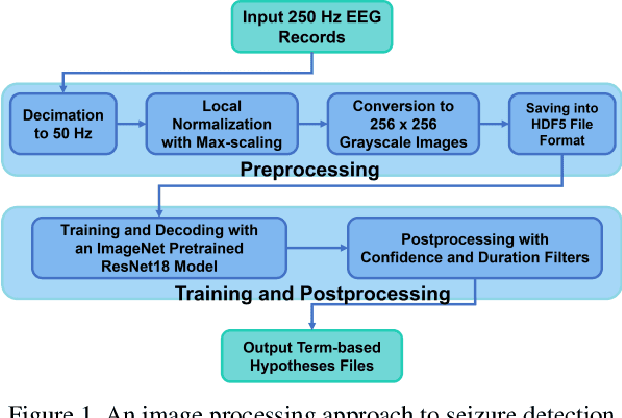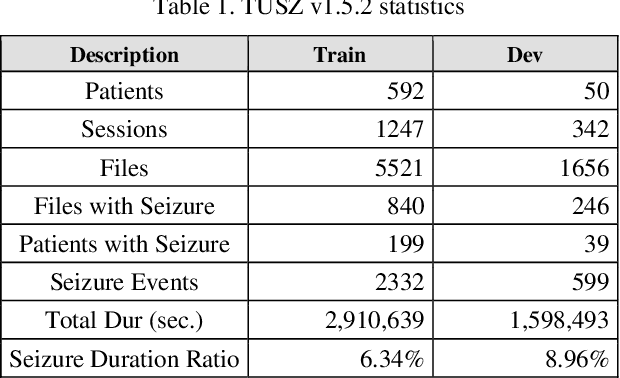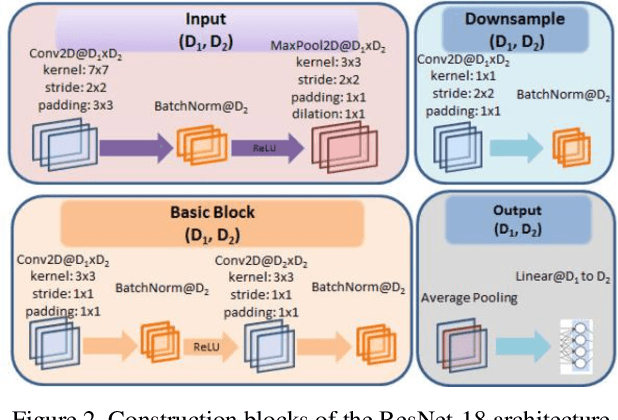Nabila Shawki
Low Latency Real-Time Seizure Detection Using Transfer Deep Learning
Feb 16, 2022



Abstract:Scalp electroencephalogram (EEG) signals inherently have a low signal-to-noise ratio due to the way the signal is electrically transduced. Temporal and spatial information must be exploited to achieve accurate detection of seizure events. Most popular approaches to seizure detection using deep learning do not jointly model this information or require multiple passes over the signal, which makes the systems inherently non-causal. In this paper, we exploit both simultaneously by converting the multichannel signal to a grayscale image and using transfer learning to achieve high performance. The proposed system is trained end-to-end with only very simple pre- and postprocessing operations which are computationally lightweight and have low latency, making them conducive to clinical applications that require real-time processing. We have achieved a performance of 42.05% sensitivity with 5.78 false alarms per 24 hours on the development dataset of v1.5.2 of the Temple University Hospital Seizure Detection Corpus. On a single-core CPU operating at 1.7 GHz, the system runs faster than real-time (0.58 xRT), uses 16 Gbytes of memory, and has a latency of 300 msec.
 Add to Chrome
Add to Chrome Add to Firefox
Add to Firefox Add to Edge
Add to Edge